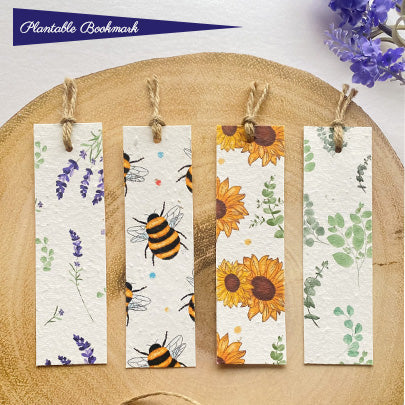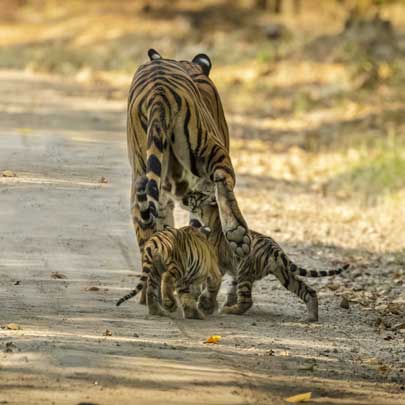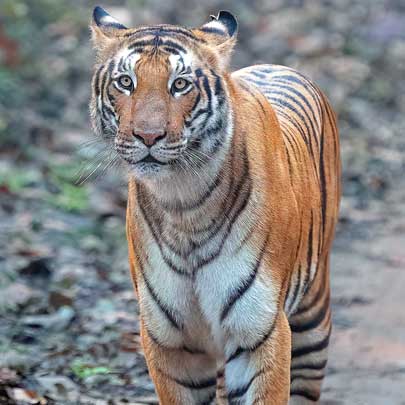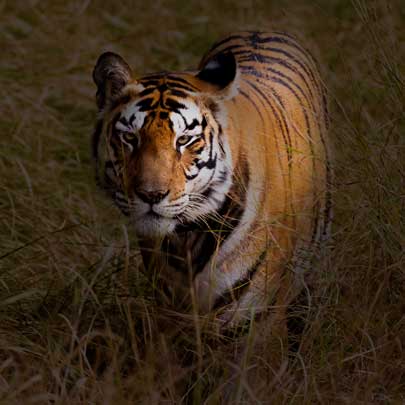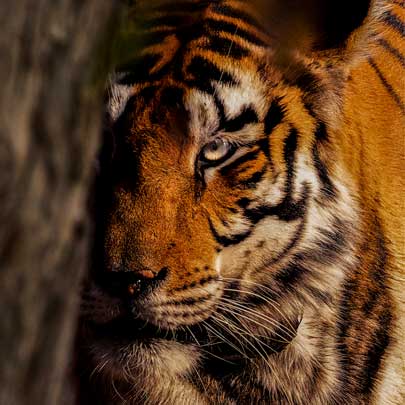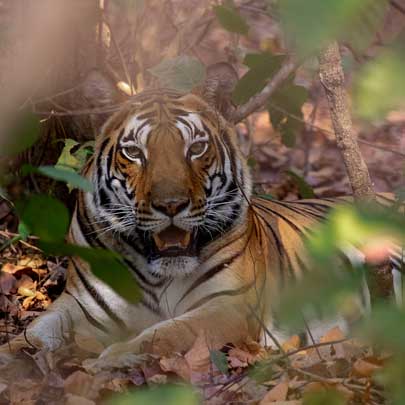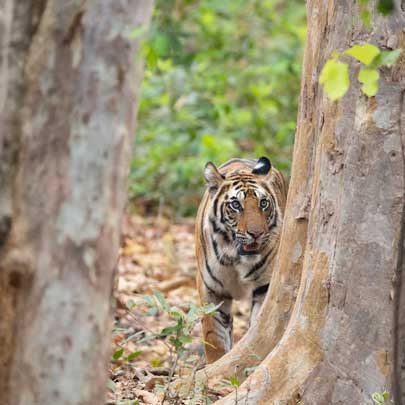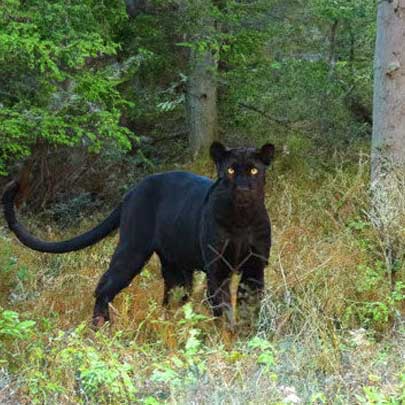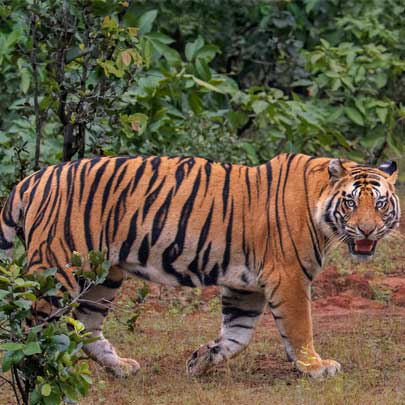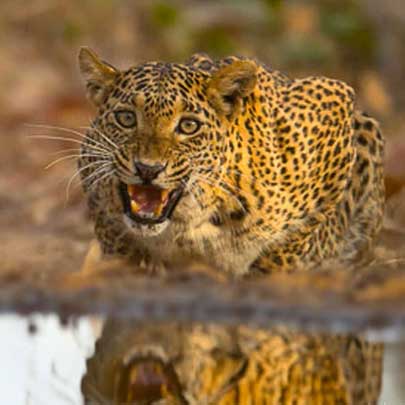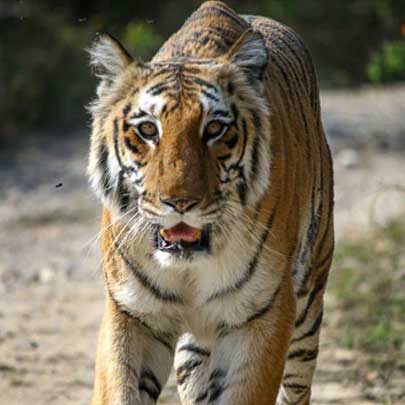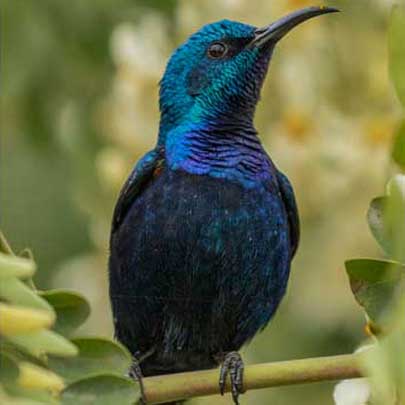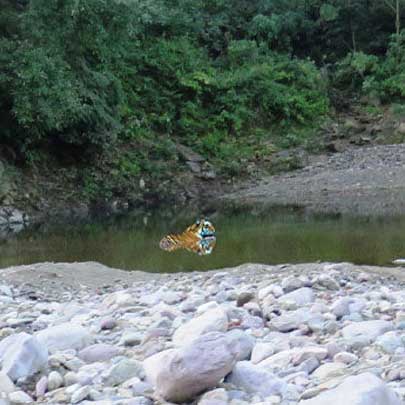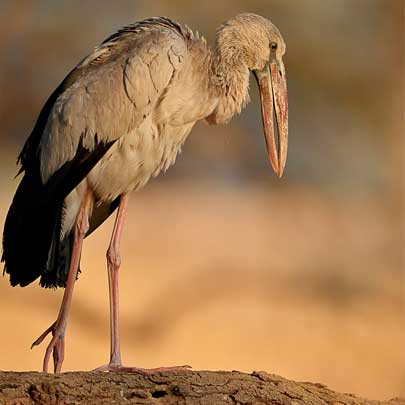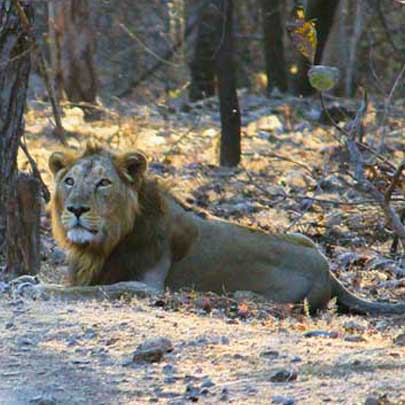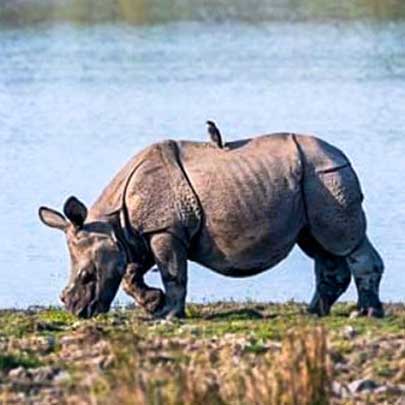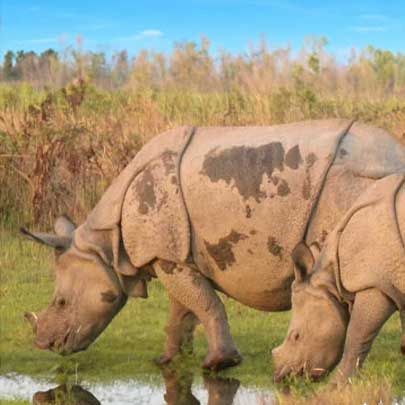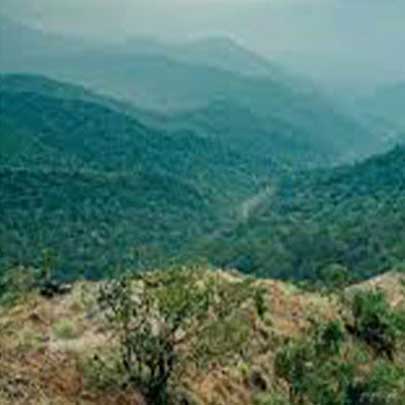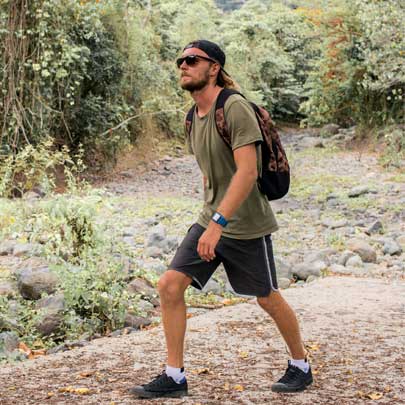Wildlife Tours for Birdwatchers: What to Expect
Wildlife Tours for Birdwatchers: What
to Expect
Are you a passionate birdwatcher looking to immerse yourself in the captivating world of avian species? Wildlife tours for birdwatchers offer a unique opportunity to explore nature's marvels, connect with fellow enthusiasts, and discover rare and exotic birds in their natural habitats. Whether you're an amateur birder or a seasoned ornithologist, these specialized tours provide the perfect blend of adventure, education, and conservation.
In this blog, we will delve into what you can expect from birdwatching tours, including popular destinations, key species to look out for, essential gear, and how eco-conscious organizations like Wildlense Eco Foundation contribute to responsible wildlife tourism.
Why Choose a Wildlife Tour for Birdwatching?

Birdwatching, also known as birding, is a rapidly growing hobby among nature lovers. Wildlife tours designed for birdwatchers allow participants to experience birdlife in biodiversity-rich regions. These tours are guided by experienced naturalists who help spot, identify, and explain bird behavior, making the experience educational and memorable.
Benefits of Birdwatching Tours:
-
Access to remote and protected bird habitats
-
Guided assistance from expert ornithologists
-
Opportunities for photography and nature journaling
-
Camaraderie with like-minded individuals
-
Insights into conservation efforts and local ecosystems
Popular Birdwatching Destinations

From lush forests to high-altitude wetlands, birdwatching tours can take you to some of the world's most pristine natural environments. Here are a few top destinations:
1. Keoladeo National Park, India
A UNESCO World Heritage Site, this wetland reserve in Rajasthan is home to over 370 species of birds, including the rare Siberian Crane.
2. Panna Tiger Reserve, India
Famous not just for its big cats, Panna is also a haven for over 200 bird species. Organizations like Wildlense Eco Foundation work actively here to promote responsible ecotourism and bird conservation.
3. Bharatpur Bird Sanctuary, India
Known for seasonal migratory birds, this park is ideal for winter birdwatching tours.
4. Chilika Lake, Odisha
Asia's largest coastal lagoon attracts flamingos, pelicans, and many migratory birds each year.
5. Jim Corbett National Park, India
India’s oldest national park is not just about tigers; it’s also home to over 600 bird species, making it a birdwatcher's paradise.
Key Bird Species to Watch For

Birdwatching tours often highlight key species that are rare, endangered, or visually striking. Depending on the region, you may spot:
-
Indian Pitta
-
Great Hornbill
-
Painted Stork
-
Siberian Crane
-
White-rumped Vulture
-
Asian Paradise Flycatcher
-
Bar-headed Goose
These species are often the highlight of birding tours and make for unforgettable sightings.
What to Pack for a Birdwatching Tour
![]()
Packing smart can greatly enhance your birding experience. Here’s a list of essential gear:
-
Binoculars (at least 8x42 for clarity)
-
Field Guidebook or birding app
-
Camera with telephoto lens
-
Notebook and pen for observations
-
Comfortable, muted clothing
-
Sun protection (hat, sunscreen, sunglasses)
-
Insect repellent
-
Reusable water bottle
-
Light snacks
A sturdy backpack to carry your gear and a good pair of hiking boots can make long treks more comfortable.
Timing Your Tour: Best Seasons for Birdwatching
The success of a birdwatching tour depends significantly on timing. Most birds are migratory, and their presence varies with seasons.
-
Winter (October to March): Best time to see migratory birds in India.
-
Monsoon (June to September): Breeding season for many resident birds.
-
Spring (March to May): Good for spotting colorful mating plumage.
Plan your tour based on your target species and desired experience.
How Wildlense Eco Foundation Enhances Your Experience

Wildlense Eco Foundation is a conservation-focused organization that plays a pivotal role in sustainable tourism. Their mission is to promote eco-friendly wildlife exploration while fostering awareness and protection of fragile ecosystems.
Contributions of Wildlense Eco Foundation:
-
Organizing responsible birdwatching tours with minimal environmental impact
-
Conducting awareness programs and workshops
-
Supporting local communities through eco-tourism
-
Promoting biodiversity documentation and research
-
Facilitating partnerships with forest departments and NGOs
When you join a tour led by Wildlense, you're not just birdwatching—you're becoming part of a larger conservation movement.
Eco-Friendly Practices on Wildlife Tours
Sustainability is crucial in birdwatching. Here are some eco-friendly practices to follow:
-
Avoid loud noises and sudden movements
-
Do not feed or disturb birds
-
Stick to designated trails
-
Carry your trash back with you
-
Use eco-certified tour operators
Your actions directly impact bird habitats, so always tread lightly.
Tips for First-Time Birdwatchers
If you're new to birdwatching, keep these tips in mind:
-
Start with common birds to hone your ID skills
-
Join a guided tour for a richer experience
-
Keep a birding journal
-
Learn to recognize bird calls and songs
-
Be patient and observant
Birdwatching is not just about ticking off species; it's about connecting with nature on a deeper level.
Conclusion
Wildlife tours for birdwatchers are an enriching way to explore nature, learn about avian life, and contribute to conservation. With expert guidance, spectacular destinations, and eco-conscious organizations like Wildlense Eco Foundation, these tours promise an unforgettable experience for every bird lover.
Whether you're chasing the elusive Siberian Crane in Keoladeo or enjoying the serene calls of the Bar-headed Goose in Chilika, your birdwatching adventure awaits. Pack your binoculars and join the flock!






















